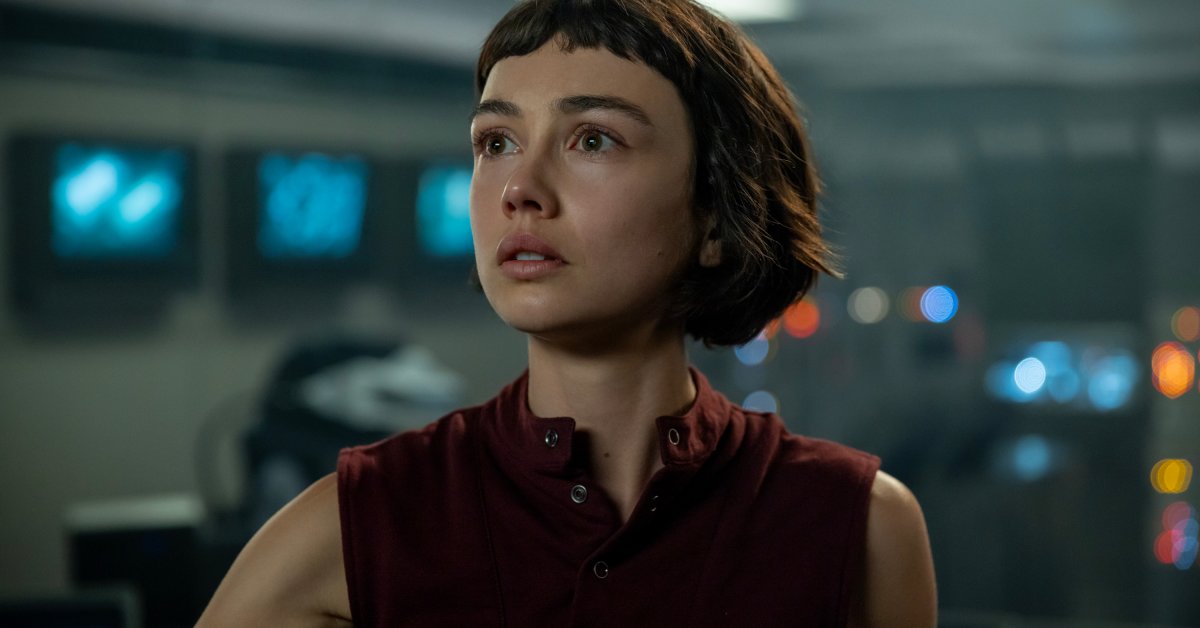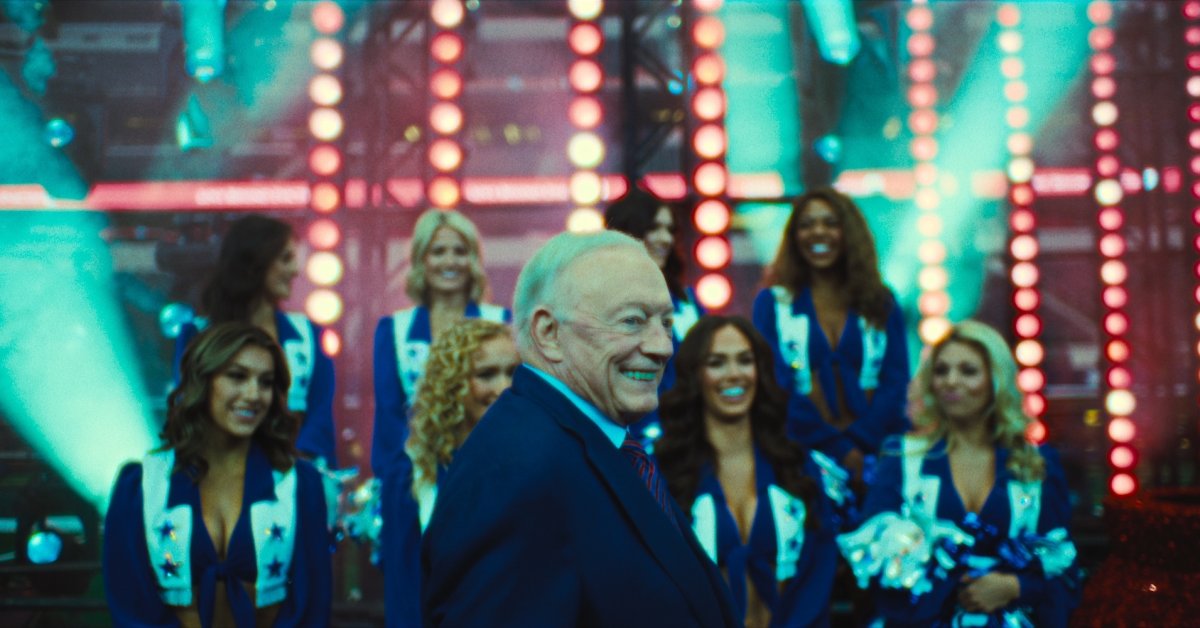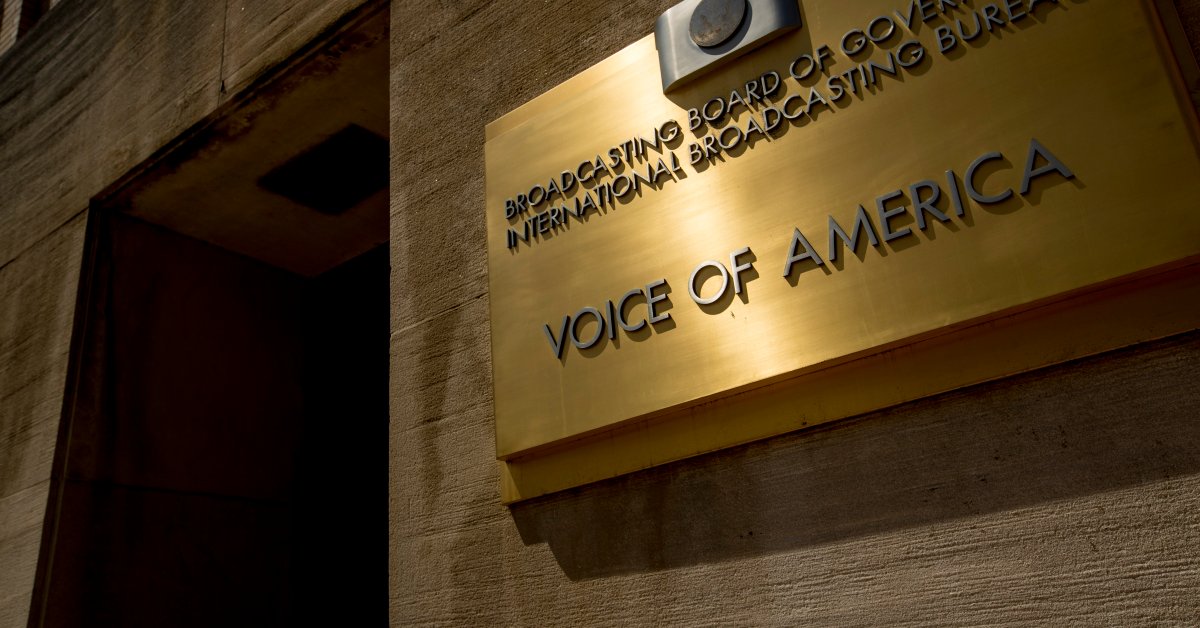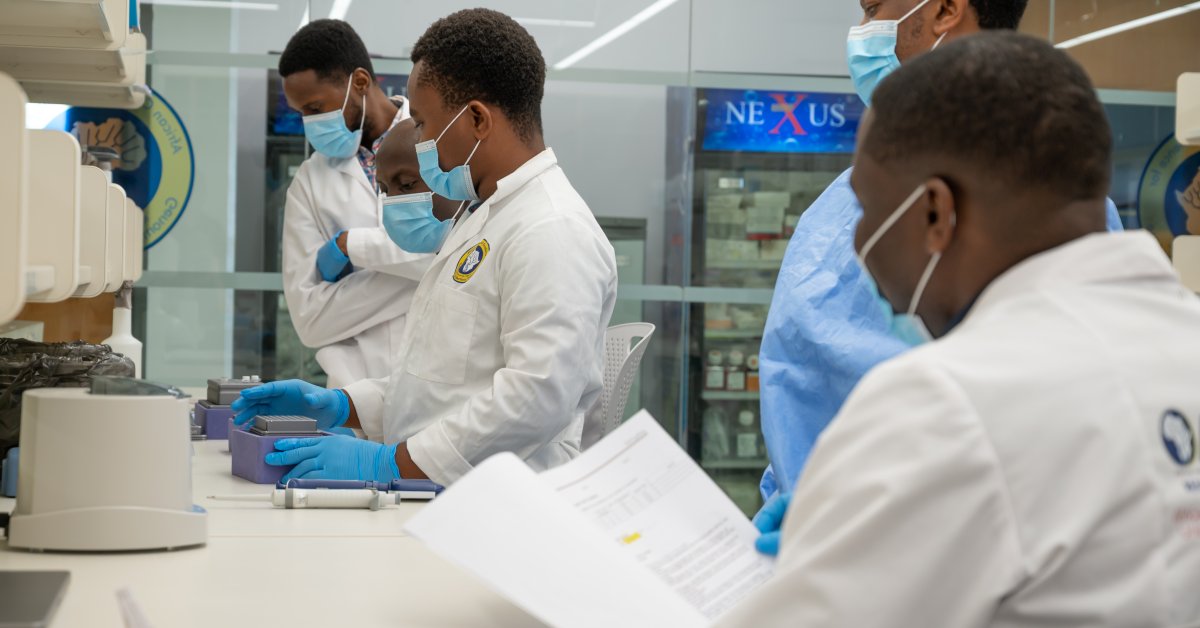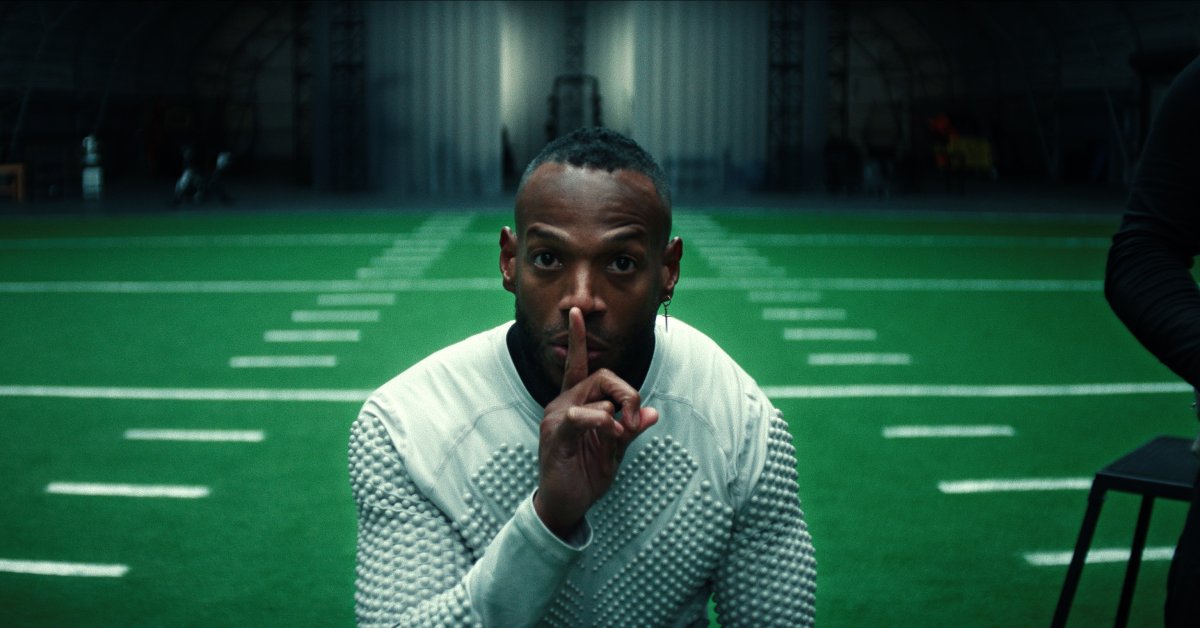For the first time ever, the Alien universe is crash-landing onto the small screen.
In the wake of 2024’s Alien: Romulus, a seventh film entry in the storied franchise that began with Ridley Scott’s 1979 sci-fi thriller classic Alien, Fargo creator Noah Hawley’s new TV series Alien: Earth will see the long-running horror saga touch down on a world it’s never explored before: our very own planet Earth.
“The thing with Alien is that it’s not just a great monster movie. It’s the story of humanity trapped between its primordial parasitic past and its AI future, and they’re both trying to kill us. So, there’s nowhere to go,” Hawley has said of the inspiration for Earth, which is also produced by Scott. “It’s really a story of does humanity deserve to survive? Does humanity’s arrogance in thinking that we’re no longer food and its arrogance in creating these AI beings who we think will do what we tell them—but ultimately might lose their mind—is there a way out?”
The first two episodes of Earth premiere Aug. 12 at 8 p.m. ET on FX, with subsequent installments releasing every Tuesday through Sept. 23. New episodes will be available to stream on Hulu in the U.S. and Disney+ internationally.
Here’s how Alien: Earth fits into the overall Alien timeline.
How Alien: Earth connects to Alien

While Romulus was set in the year 2142—right smack in between the events of Alien, which takes place in 2122, and the 1986 James Cameron-directed sequel Aliens, set in 2179—Earth serves as a prequel series that takes place in 2120, two years before the events of the original movie.
The show unfolds in a not-so-distant future where five rival corporations—Prodigy, Weyland-Yutani, Lynch, Dynamic and Threshold—effectively govern the Earth. As we learn from an opening transmission in Episode 1, it’s a moment in time when the race for immortality has evolved to take three different forms. There are cyborgs, biological humans enhanced with artificial parts; synths, humanoid robots infused with near-human consciousness (like the late Ian Holm’s iconic android Ash from Alien); and hybrids, synthetic beings downloaded with actual human consciousness.
Hybrids are the newest technological advancement of the three and come courtesy of trillionaire wunderkind Boy Kavalier (Samuel Blenkin) and his company Prodigy, which has developed a top-secret method for transferring the consciousnesses of terminally ill children into superhuman and theoretically immortal synthetic bodies. After bringing their first successful hybrid to life, so to speak, by transferring the consciousness of Marcy (Florence Bensberg), a 12-year-old girl dying from cancer, into an adult-bodied synthetic named Wendy (Sydney Chandler), the Prodigy team moves forward with creating a squad of childlike synths dubbed the Lost Boys. Kavalier obviously loves his Peter Pan references.
It’s clear from the start that the whole thing is an ethical minefield of epic proportions. But it’s not until Kavalier sends Wendy and her Lost Boys to investigate the wreckage of a Weyland-Yutani spaceship that crash-landed in the Prodigy-controlled city of New Siam—and just so happens to contain not only a full-grown Xenomorph, but also a variety of other mysterious and highly predatory life forms—that the experiment begins to truly spiral out of control.
Do Prometheus and Covenant come into play?

For those wondering whether the somewhat convoluted backstory introduced in Scott’s previous two prequel films, 2012’s Prometheus and 2017’s Alien: Covenant, will come into play considering the latter is set just 16 years before the events of Earth, the short answer is no.
While Earth delves into some of the same existential themes concerning humanity’s place in the universe as Scott’s prequels, Hawley has said the Xenomorph lore established in Alien made more sense for Earth. “For me, and for a lot of people, this ‘perfect life form’—as it was described in the first film—is the product of millions of years of evolution that created this creature that may have existed for a million years out there in space,” he told KCRW. “The idea that, on some level, it was a bioweapon created half an hour ago, that’s just inherently less useful to me.”
The showrunner went on to explain that he also wanted to retain the “retro-futuristic technology” from the first two Alien movies. “[I]n the prequels, Ridley made the technology thousands of years more advanced than the technology of Alien, which is supposed to take place in those movies’ future,” he said. “There’s something about that that doesn’t really compute for me. I prefer the retro-futurism of the first two films. And so that’s the choice I’ve made—there’s no holograms. The convenience of that beautiful Apple store technology is not available to me.”

